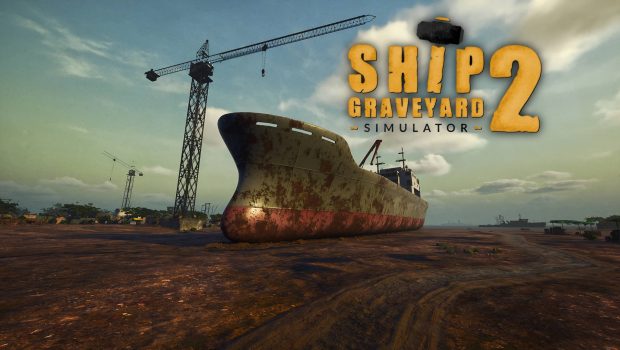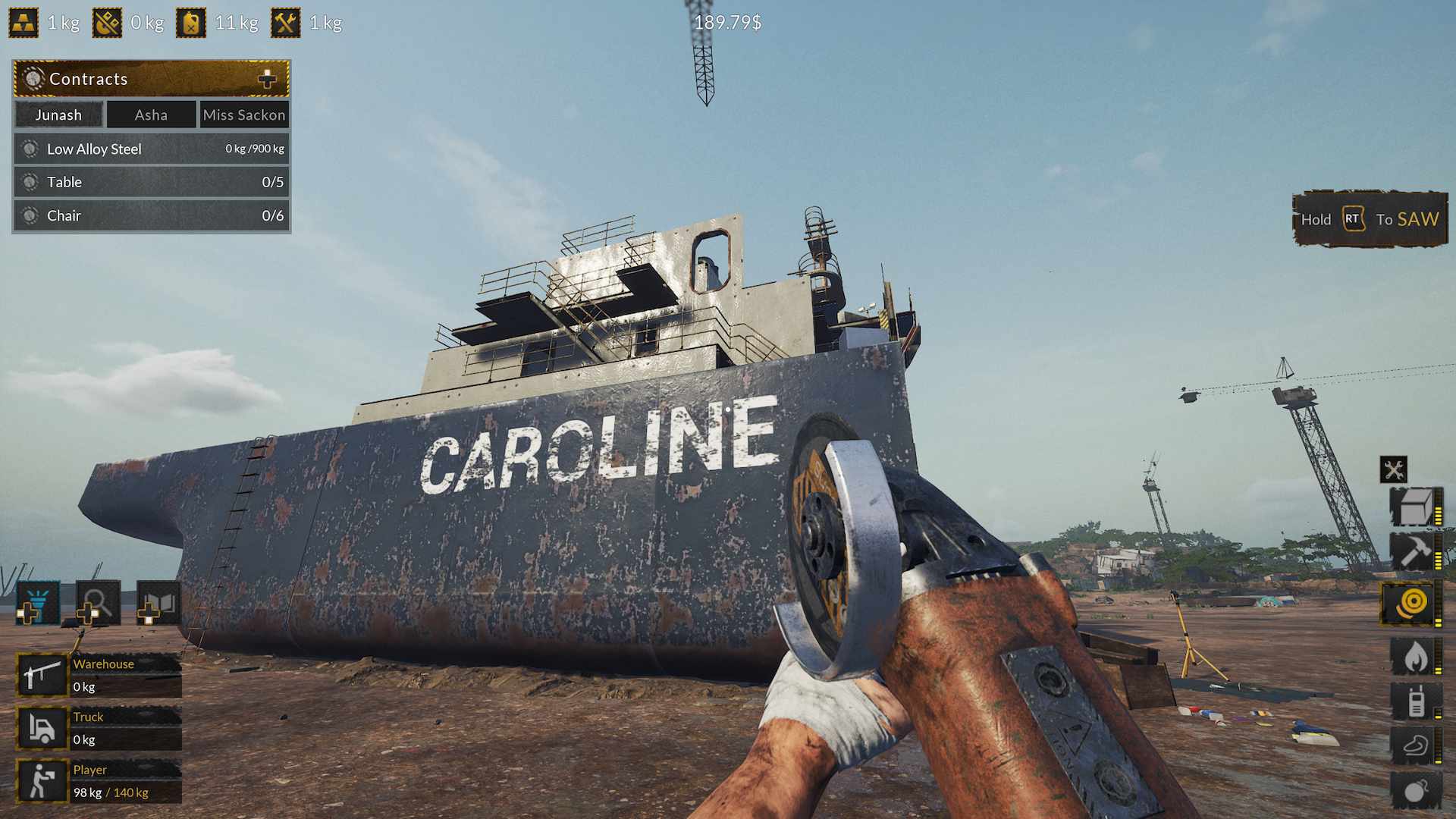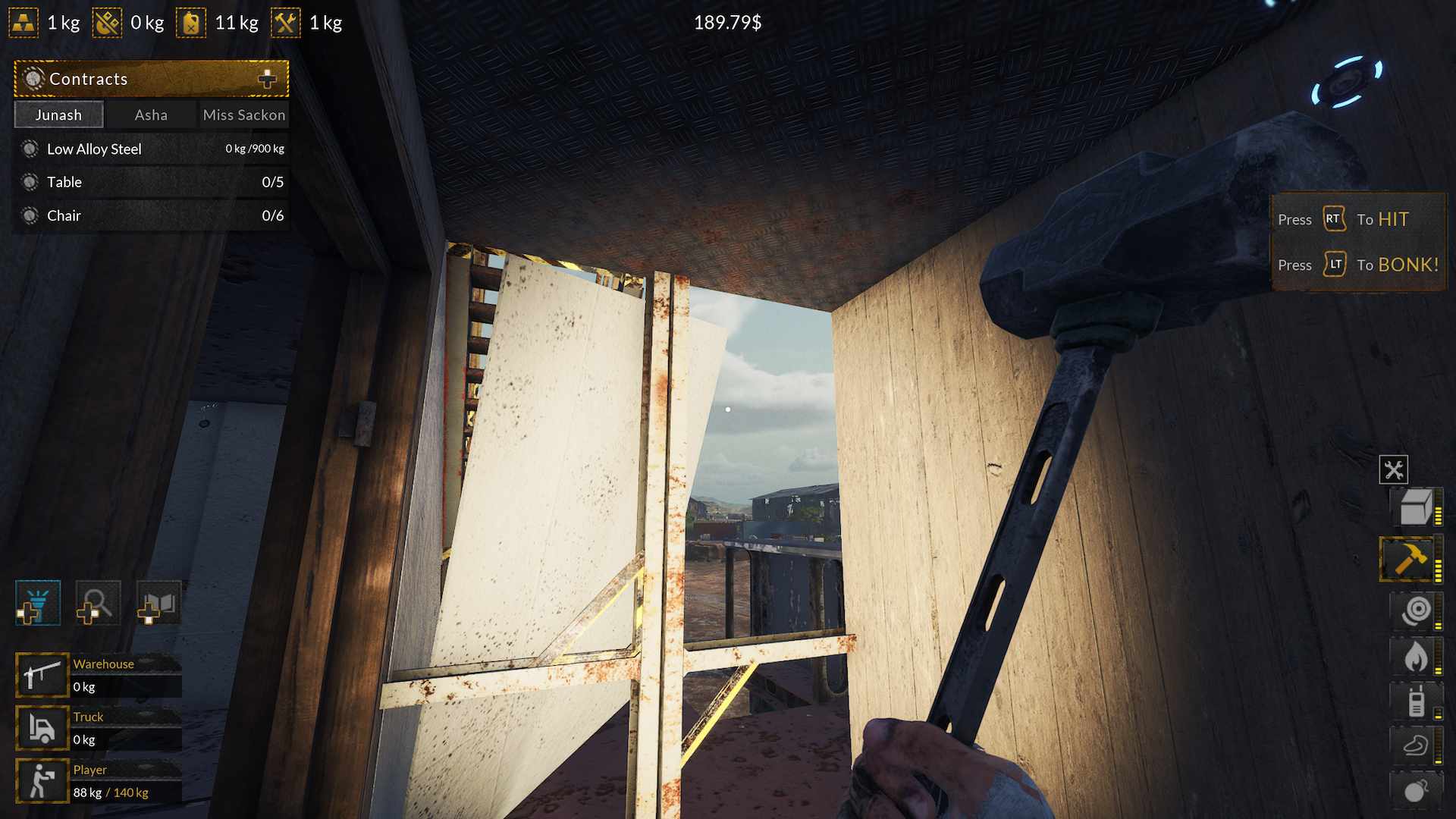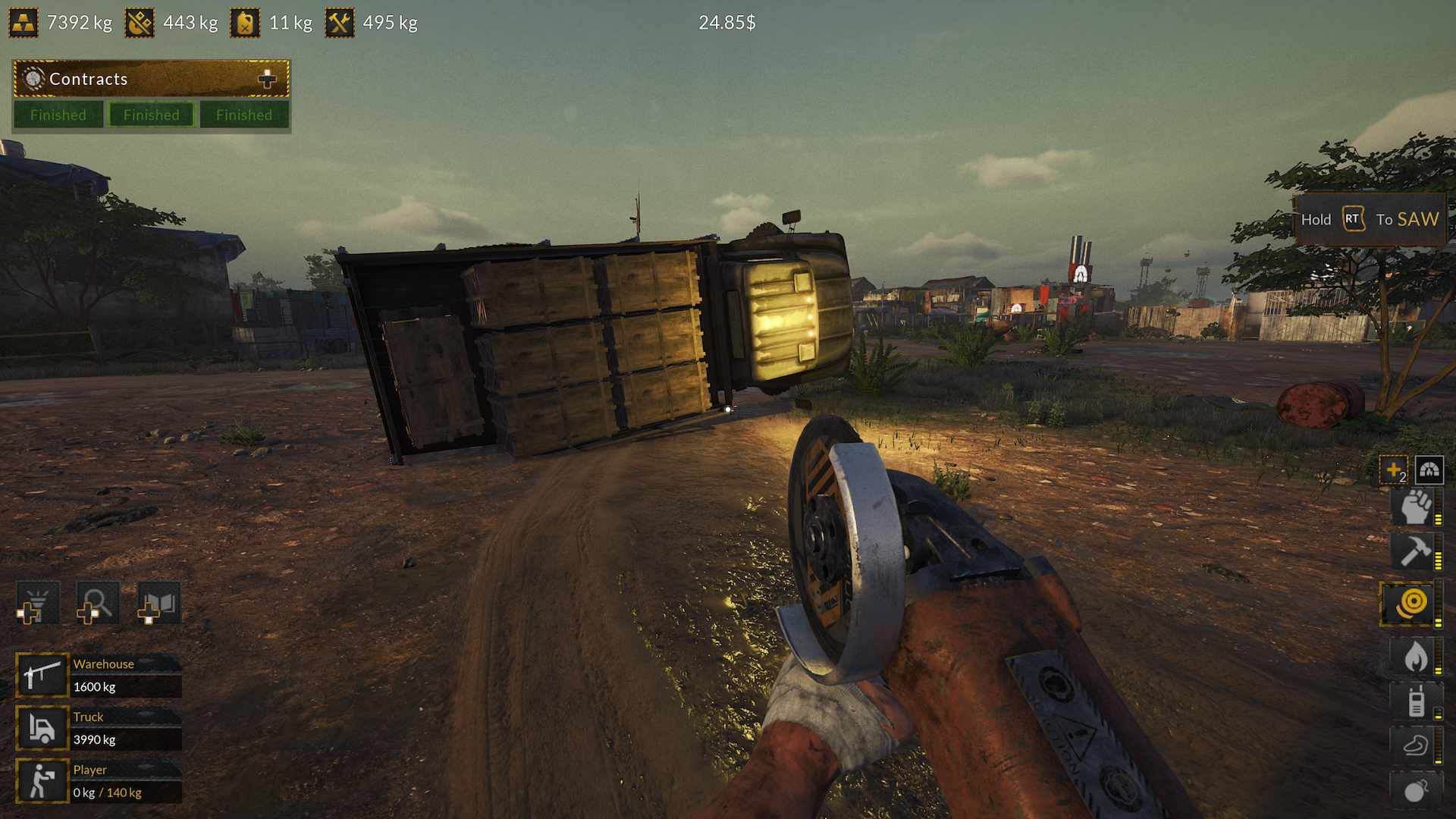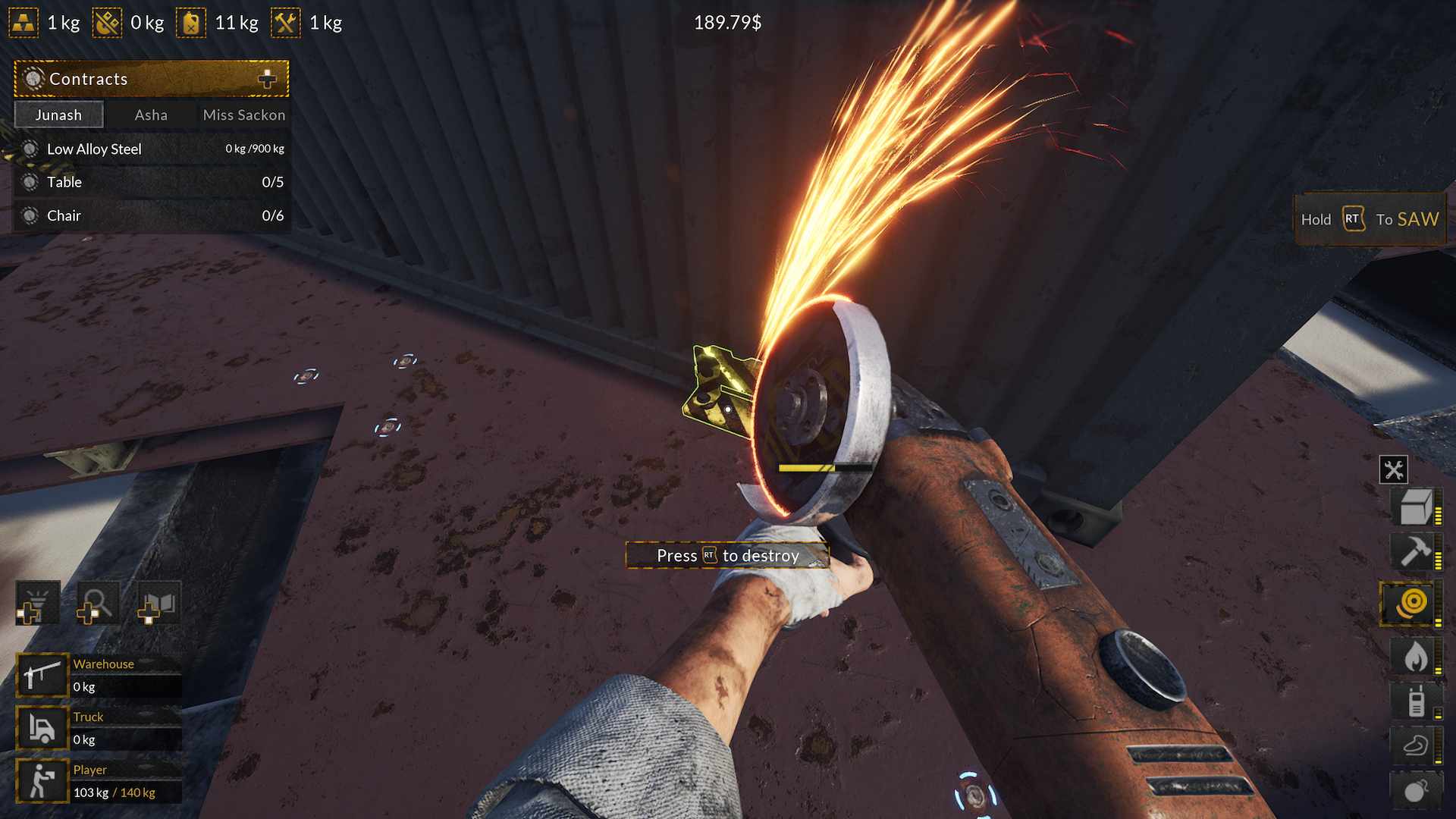Ship Graveyard Simulator 2 XSX Review: A Relaxing but Shallow Experience
Summary: ...
2.5
Ship Wreck
Ship Graveyard Simulator 2 is a unique entry into the simulation genre, where players are tasked with dismantling massive ships for salvageable materials like steel, aluminum, and copper. Set against the backdrop of a vast coastline, filled with the remains of sunken vessels, the game promises an immersive and hands-on experience in the world of maritime demolition. While the concept is engaging and the overall experience can be relaxing, the game ultimately suffers from repetitiveness, a lack of depth, and technical issues that hinder its potential on Xbox Series X.
The Ships: A Grand but Familiar Sight
At the heart of Ship Graveyard Simulator 2 are the massive ships you are tasked with dismantling. The game boasts a variety of ships, from smaller vessels to colossal wrecks like warships, each offering its own set of challenges. The bigger ships provide an initial thrill as you take on their immense structures, carefully removing parts like engines, control panels, and hull sections. However, the excitement soon fades, as the differences between the ships become more cosmetic than functional.
While the larger ships may require more time to dismantle, the process remains largely the same. Regardless of the size or type of ship, you’re using the same tools, performing the same tasks, and chasing after the same rewards—namely, scrap metal to sell and upgrade your equipment. This repetition can quickly make the game feel more like a chore than an enjoyable challenge. The lack of significant gameplay variation between ship types is one of the game’s biggest missed opportunities.
Tools and Upgrades: Speed Over Substance
In Ship Graveyard Simulator 2, you start with basic tools like a hammer and a torch, which are later upgraded as you earn money and resources. While this progression system is common in simulation games, here it feels somewhat shallow. The upgrades primarily focus on increasing the speed at which you dismantle ships. For example, a higher-level hammer allows you to break apart components faster, but it doesn’t add any new mechanics or offer deeper interaction with the ship parts.
By the time you reach a Level 5 hammer, you’ll find that most of the game can be completed with minimal effort. The tools feel like they’ve plateaued too early, leaving little incentive to push for further upgrades aside from saving time. This focus on speed rather than adding variety or complexity to the dismantling process makes the game feel tedious. For a game centered around the physical act of breaking down ships, it would have been exciting to see the upgrades introduce new techniques, tools, or even mini-games to add more depth to the experience. Even with the addition of dynamite, there is no real need for it, as dismantling the surrounding elements causes the “unattached” pieces to fall apart when nudged. In fact, an entire ship can be mostly savaged just by removing any elements that connect to the hull, removing the need to manually dissemble every individual rivet and weld.
Relaxing Yet Repetitive Gameplay
At its core, Ship Graveyard Simulator 2 offers a relatively relaxing experience. The repetitive nature of dismantling ships, while not particularly challenging, can be meditative. There’s something oddly satisfying about pulling apart massive vessels piece by piece and watching your piles of scrap metal grow. For players who enjoy a more laid-back gaming experience without too much pressure or strategy, the game certainly delivers.
However, for those looking for more variety and depth, the repetitive gameplay becomes a glaring issue. After a few hours, the game begins to feel like you’re doing the same thing over and over again, with little to break up the monotony. The addition of different ship types, tools, and tasks would have gone a long way in keeping the game fresh and engaging.
Visuals and Performance Issues
Considering this is a title on the Xbox Series X, a console known for its impressive hardware capabilities, the performance of Ship Graveyard Simulator 2 is quite disappointing. While the game does have moments of visual appeal—especially in the detailed ship designs and coastal setting—it is frequently hampered by bugs and graphical glitches.
One particularly frustrating issue is the screen going completely black during gameplay, forcing a restart. Additionally, the visuals can become jittery, especially when disassembling larger ship components. These performance hiccups break the immersion and are unacceptable for a game on a next-gen console. Given the potential of the Xbox Series X, it’s disappointing that Ship Graveyard Simulator 2 doesn’t run as smoothly as it should.
The Truck: A Missed Opportunity
One of the more notable additions to the game is the truck, which is used to transport scrap metal from the ships to the salvage yard. On paper, this seems like a fun and practical feature, but in practice, it feels underdeveloped. The truck has no upgrades, no limits on how much it can carry, and no significant impact on the gameplay. It’s easy to get the truck stuck on terrain, and in one instance, I even had it flip onto its side with no way to recover it.
Additionally, while the truck has a radio feature, the radio itself doesn’t work. The option to turn it on and off is present, but it doesn’t actually play any music or audio. This seems like a small oversight, but it speaks to a larger issue of underutilized features within the game. The truck could have been an integral part of the gameplay, offering upgrades, customization, or even limitations on cargo capacity to add a layer of strategy, but instead, it feels like an afterthought.
Quirky Physics: A Silver Lining?
One unexpected aspect of the game that adds a bit of humor is the character’s ability to carry absurd amounts of scrap and toss it with pinpoint accuracy. You can throw 60+ kilograms of material into the back of the truck from 50 meters away, which, while unrealistic, is oddly satisfying. It’s a small detail, but one that adds a bit of fun to an otherwise serious and repetitive gameplay loop.
Conclusion: A Relaxing but Flawed Simulation
Ship Graveyard Simulator 2 offers a niche, relaxing experience for players who enjoy dismantling ships and collecting salvage. However, its repetitive gameplay, lack of depth, and performance issues hold it back from being a truly great simulation game. While the concept of shipbreaking is unique and initially engaging, the game doesn’t evolve enough to maintain interest over the long term. For the most part, each ship is comprised of the same elements, just copied and pasted, resulting in unnecessary fixture points that prevent the ships hull from being salvaged unless removed.
For players looking for a casual and low-pressure simulation, Ship Graveyard Simulator 2 might be worth a try. But for those seeking a more varied and polished experience, the game falls short of what you’d expect from a title on the Xbox Series X. With some improvements to gameplay mechanics, deeper tool upgrades, and more stable performance, it could have been so much more. As it stands, Ship Graveyard Simulator 2 is an enjoyable but ultimately shallow experience


